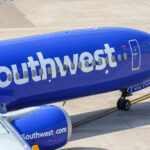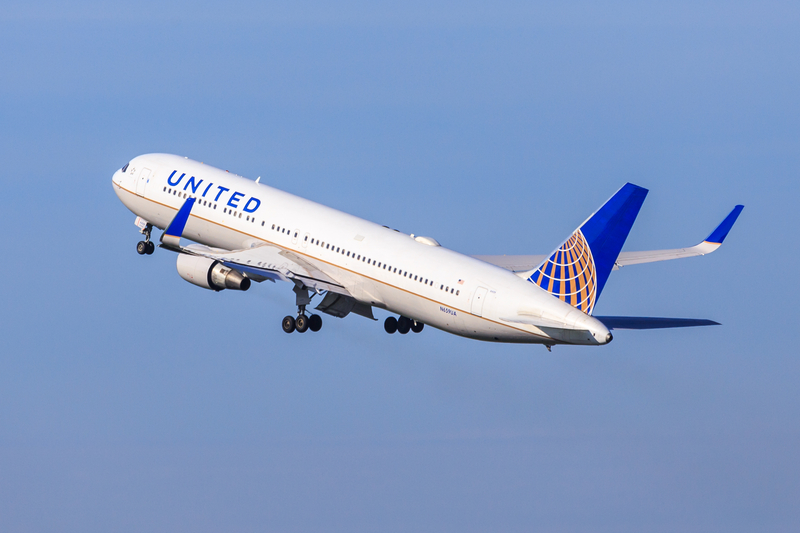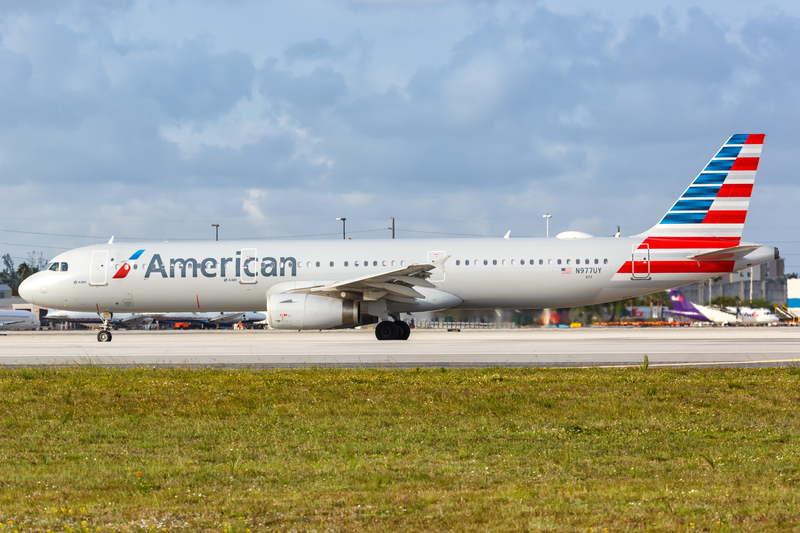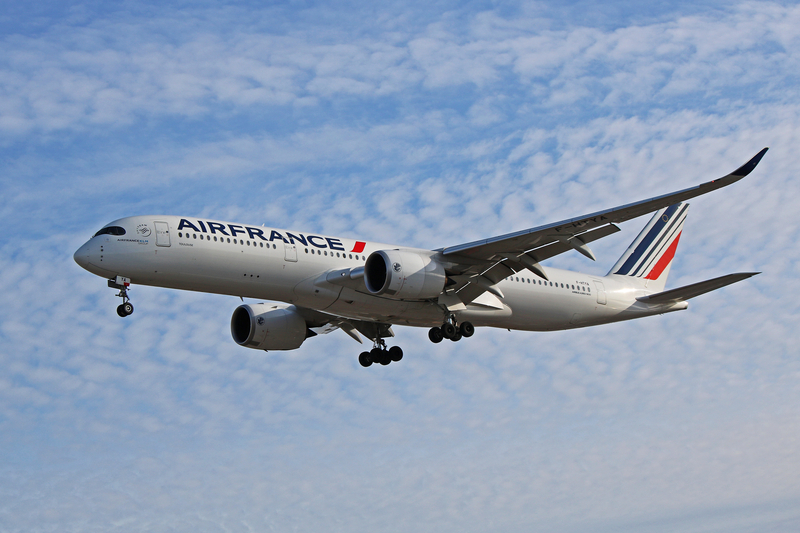Southwest Jet Turns Back After Cabin Pressure Warning On Atlanta-Chicago Flight
What happened on Flight WN-171
Southwest Airlines passengers heading from Atlanta to Chicago Midway on Friday night, November 21, got an unexpected detour back to where they started. The Boeing 737-800 operating Flight WN-171 departed Hartsfield-Jackson Atlanta International Airport and began its climb normally, but the crew noticed an abnormal cabin-pressure indication shortly after takeoff.
Rather than continue upward, the pilots leveled off at a low altitude and told air traffic control they didn’t want to climb any higher because the cabin altitude wasn’t behaving as expected. With caution as the priority, they turned the aircraft around and returned to Atlanta, landing safely about 25 minutes after departure.
Southwest arranged a replacement aircraft—a Boeing 737-700—to take travelers onward to Chicago. The substitute flight arrived roughly two and a half hours behind schedule, but the key point is that everyone got there safely.
Why cabin pressure issues matter
Modern airliners rely on pressurization systems to keep the cabin breathing-comfortable at cruising altitude. Outside air at 35,000 feet is too thin for people to function normally, so the aircraft continuously pumps and regulates air into the cabin.
If the system shows signs of trouble, crews don’t “wait and see” at altitude. The safest move is to stop climbing and return to the nearest suitable airport while the aircraft is still low enough that passengers and crew aren’t exposed to risk. That’s exactly what happened here: the pilots acted early, kept the plane at a safe altitude, and headed back before the situation could escalate.
How the crew’s response fits standard procedure
This kind of return is a textbook example of aviation risk management. Pressurization systems have multiple layers of redundancy, but any warning related to cabin altitude gets treated seriously. Landing quickly allows maintenance teams to inspect the aircraft, confirm the root cause, and clear it for service without putting passengers through a prolonged delay in the air or a diversion to a distant airport.
Impact on passengers and Southwest’s operation
For travelers, the disruption was mostly time-related—delays, rebooking, and the general hassle of swapping planes. But because the issue was caught early, there were no reports of an emergency descent, oxygen masks deploying, or injuries.
Operationally, Southwest’s quick aircraft swap limited the knock-on effects. The original 737-800 was inspected after returning and was back flying within about a day and a half, suggesting the fault was either minor or resolved efficiently once mechanics had access to the jet on the ground.
The bigger takeaway
Single-aircraft technical returns happen across every major airline, and they’re usually more a sign of systems working as intended than anything else. Sensors detect something off, crews respond conservatively, and the airplane is checked before it flies again.
For passengers, the main lesson is simple: when pilots turn back for a technical reason, it’s because caution is built into the job. You may lose a couple of hours, but you gain the confidence that safety decisions are being made early—on the ground and close to home—rather than later in the air.





